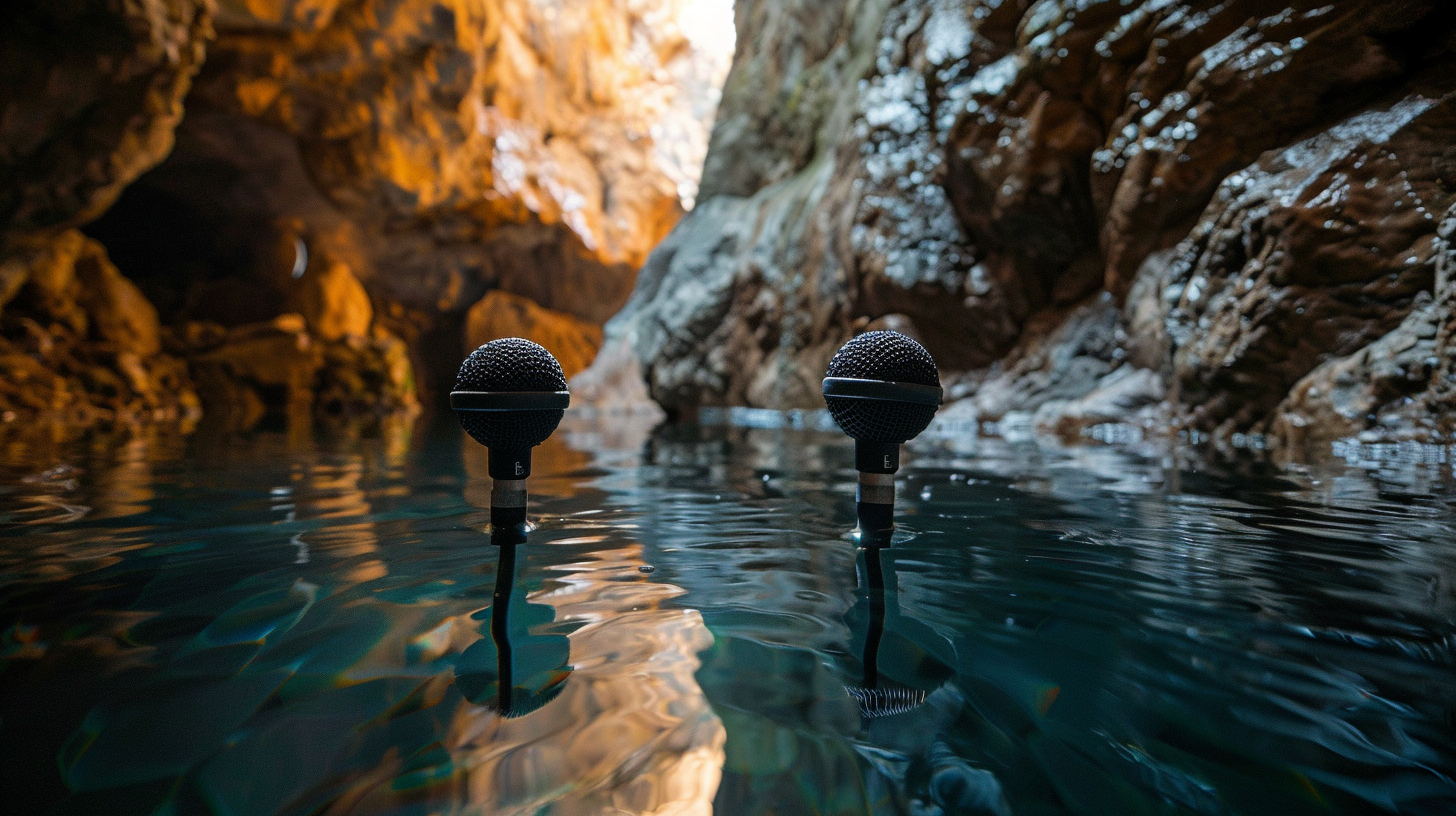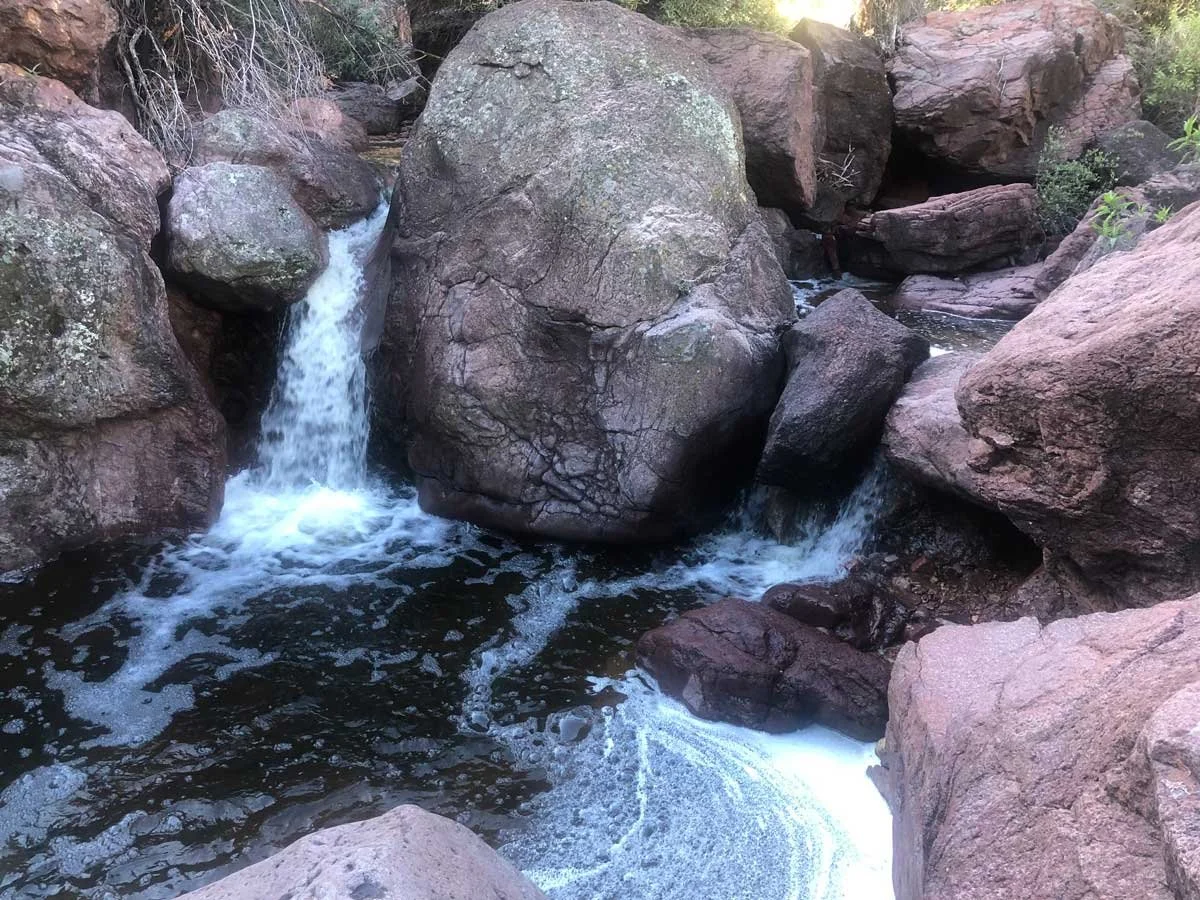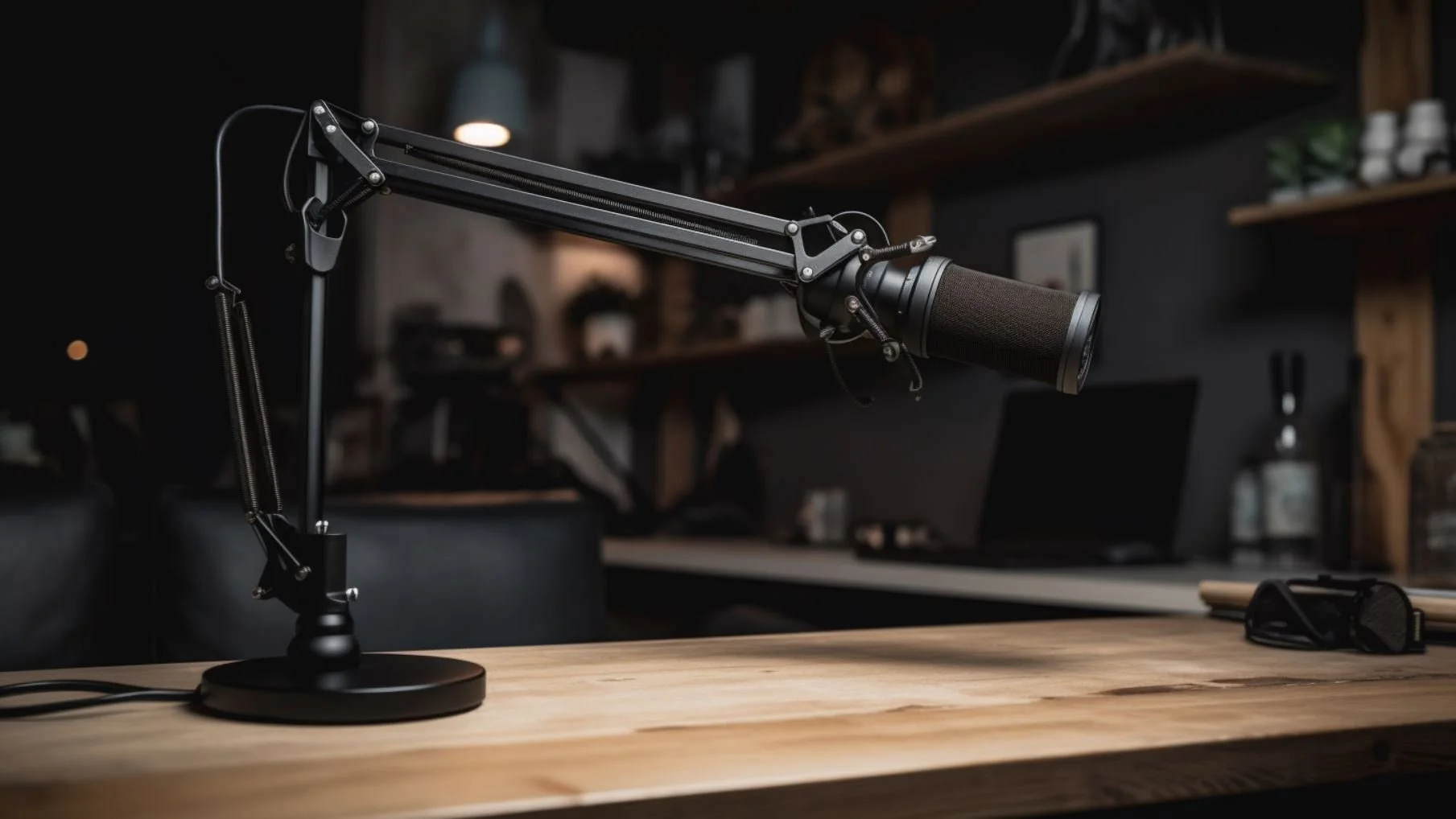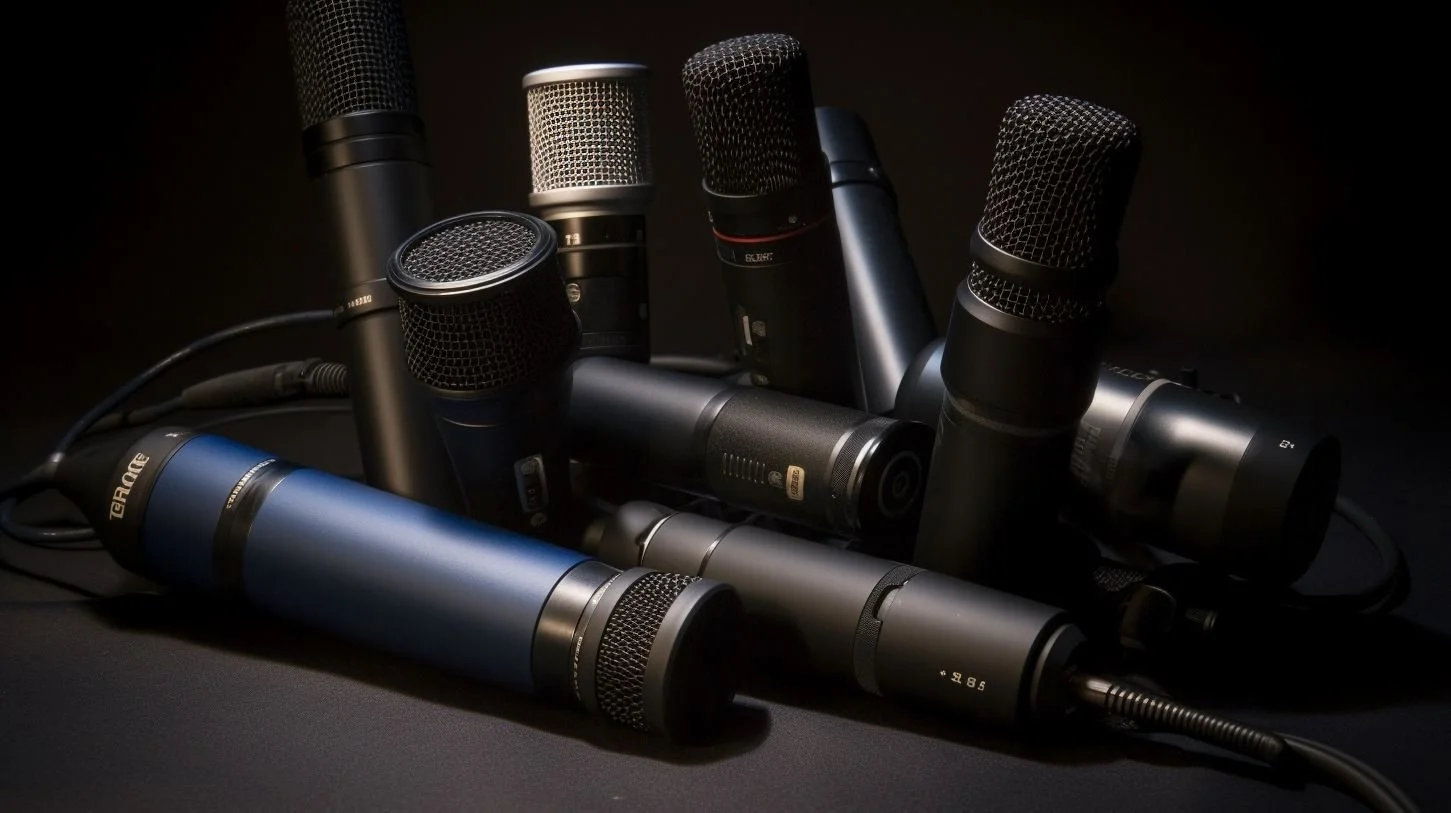The Recording That Almost Killed $3000 Mics
On one of my last recording outings in the desert, my pair of Sennheiser MKH 8020s were almost drowned in a flash flood.
Rewinding about a week before the flood, I found an interesting cave under a sheer rock wall about 2 miles into a canyon (video below).
I saw a very small puddle of water in front of the cave opening and thought this would make a great spot for a future rain recording.
The cave would shelter my mics from direct drops and the soundscape should be interesting with water drops splashing into the puddle and the cave ambience.
A week later, we had rain on the forecast and I went straight to the cave and setup my mics.
The next morning, I hiked back into the canyon to retrieve my Sennheisers.
I was getting more and more nervous with each step as the faint trickling stream from yesterday was building into a raging river as I moved deeper into the canyon.
An example shot of the building flow as I moved upstream to retrieve my mics.
Upon reaching the cave, seeing the torrential waterfall, and small pond that had accumulated, I freaked out.
What was a relatively large cave opening yesterday was now a sliver of a gap barely visible behind the waterfall and pool.
Based on the small portion of visible rock protruding from the surface of the pool, I judged that the water was about 6-7 feet deep (video below).
While I could easily make the swim, hold my breath, and dive into the cave, I could not do the same on the return trip with the microphones.
Luckily, there was another entrance into the cave to the left where the water was not as deep and there was no waterfall overhead.
I waded this section, which turned out to be 4.5 feet deep, and was beyond relieved to see that my mics were about 1.5 feet above the waterline.


Soaked shirt after wading into the cave.
Carrying the tripod above my head, I waded out of the cave and prayed that my mics were okay.
While they didn't get submerged, my XLR cables did and a small amount of water found its way into my dry bag.
I waited a full day for everything to dry before powering on the mics to test them.
They were fine!
The recording below tells the sonic story of the flash flood in full, from the first faint drops, to the thundering waterfall plunging into a deep pool of water.
In total, the recording represents roughly 6 hours of passing time.
I applied an equal amount of gain to all the recordings to accurately depict the increase in intensity as the storm surged.
My rescued mics!
Share this post to help the website grow.
Help Support Acoustic Nature
If you enjoyed this post and would like to help support Acoustic Nature, please consider "buying me a coffee" or becoming a Patreon with the buttons below.
As a thank you for your support, Patreon supporters receive a copy of Field Recording For Beginners, exclusive access to the full Behind The Sounds video series, nature sound library downloads, and more.
If you are unable to support the site financially, please share this post with others, or leave a comment below letting me know you enjoyed this post! Both are free and help the website grow. Thank you ♫
Thanks for reading,
-Jared












